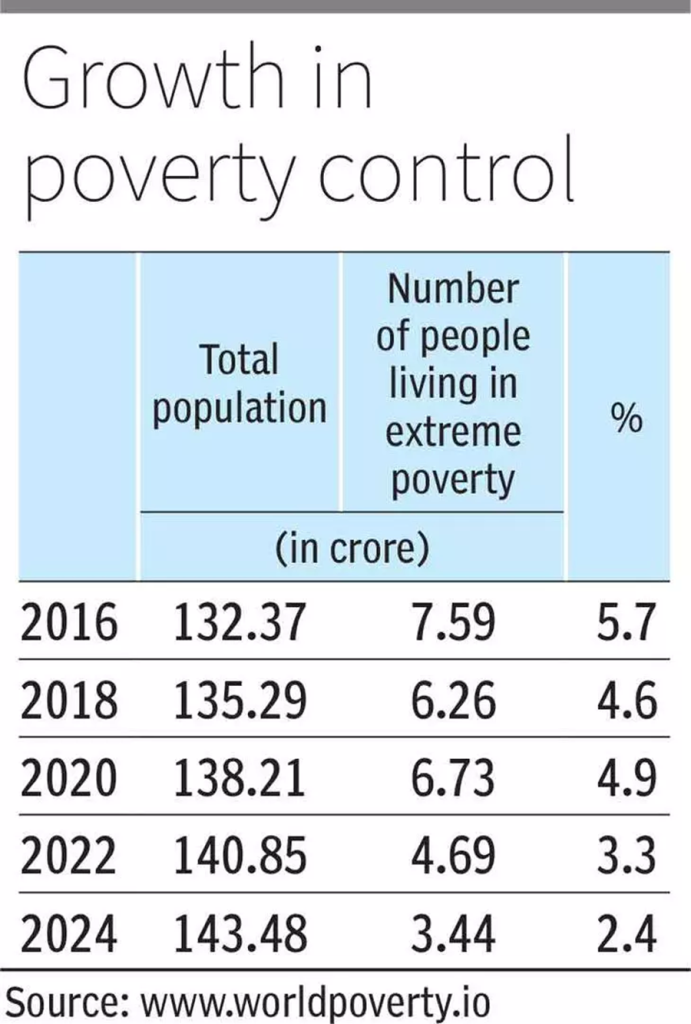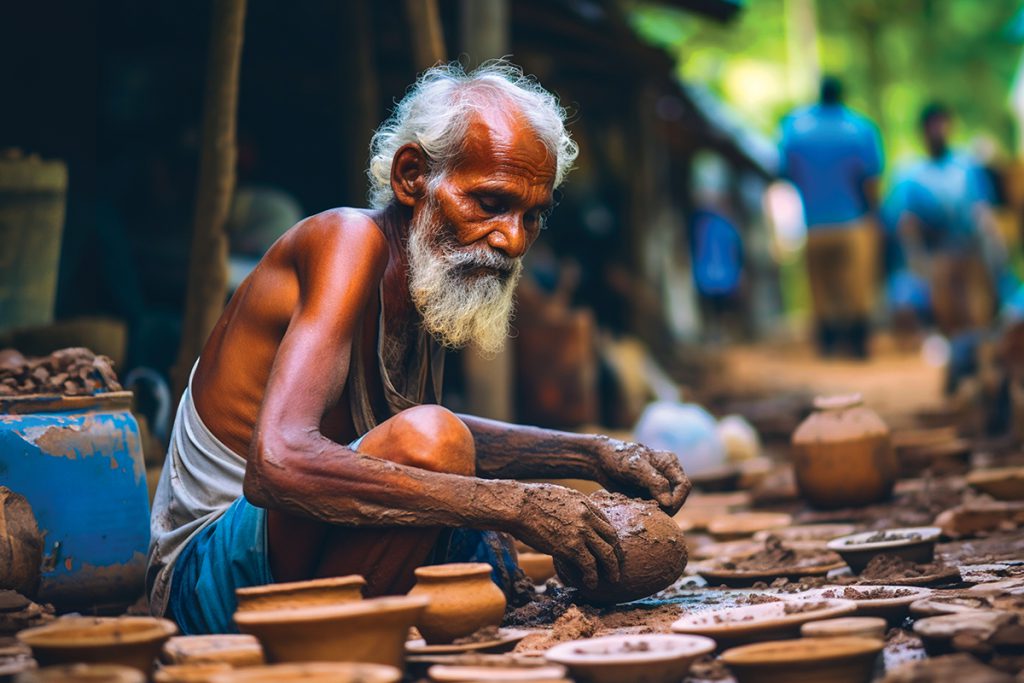Correcting a troika of imbalances is essential to crafting a better future
Words by Karan Karayi
India’s economy has long been hailed as a rising global powerhouse, poised to challenge the dominance of established economic giants. However, as the country navigates the complexities of its development journey, three intertwined deficiencies have emerged as critical hurdles that Indian policymakers must address with urgency.
From the widening wealth gap to the sluggish job market and uneven regional growth, these challenges threaten to undermine the country’s long-term economic prosperity. In this comprehensive exploration, we delve into the heart of these issues, examining the root causes and exploring the innovative solutions that could help India unlock its true economic potential.
The Wealth Divide: Tackling India’s Growing Wealth Gap
India’s economic growth over the past two decades has been impressive, with the country’s GDP reaching a staggering $3.7 trillion. However, this impressive headline figure masks a troubling reality – the wealth of the top 1% of Indians has grown from 33% in 2000 to a staggering 41% in 2022, making India the second-most unequal major country in the world, trailing only Brazil. This widening wealth gap has raised concerns about the sustainability of the country’s growth model, with critics arguing that the benefits of economic progress have failed to trickle down to the masses.

The clock has taken $2.15 a day income to present the finding. Accordingly, nearly 3.44 crore people are living in extreme population in 2024 against 4.69 crore in 2022. As a share of total population, number of people living in extreme poverty has come down to 2.4 per cent from 3.3 per cent in 2022.
There have been encouraging signs in the fight to end extreme poverty, which is the UN’s first SDG. The World Poverty Clock shows that 3.44 crore people are living in extreme poverty in 2024 against 4.69 crore in 2022. As a share of total population, the number of people living in extreme poverty has come down to 2.4% from 3.3% in 2022.
While the government’s efforts to redistribute wealth through various social welfare programs have had some success in reducing poverty, the underlying issue of insufficient domestic demand remains a pressing concern. With just 5% of the population earning over $10,000 per year, the vast majority of Indians lack the purchasing power to drive sustained economic growth. This lack of broad-based consumer demand has limited the country’s ability to tap into foreign markets through exports, a strategy that has proven successful for other emerging economies like China.
One of the key factors contributing to India’s export woes is the country’s rigid labor and land regulations, which have hindered the growth of the manufacturing sector. Unlike China, which underwent sweeping reforms to liberalize these markets, India’s reforms in the 1990s were largely restricted to the national level, leaving much of the decision-making power in the hands of individual states. This has resulted in a patchwork of regulations that have made it difficult for businesses to operate efficiently and scale up their operations.
The Demographic Dilemma: Harnessing India’s Youthful Workforce
India’s population is among the youngest in the world, with over half of its citizens under the age of 25. This demographic dividend should be a boon for the economy, as a steady influx of new workers could drive productivity and fuel growth. However, the country has struggled to create enough productive jobs to keep pace with the growing workforce, leading to a sluggish job market and rising unemployment.

Accurately gauging the true size of India’s employment challenge is no easy task, particularly when it comes to the country’s female workforce. While the Nobel Prize in Economics has recognized the “U-curve” phenomenon, where female labor force participation drops and then rises again as a country develops, India’s rates seem to be well below the global average. Restrictive labor laws, such as prohibitions on night shifts for women, have contributed to this persistent gender gap, limiting the country’s ability to fully leverage its human capital.
Another facet of India’s demographic dilemma is the uneven distribution of economic opportunities across the country. While southern cities like Bangalore have achieved prosperity on par with parts of Europe, large swaths of the northern states remain mired in poverty, akin to sub-Saharan Africa. This stark regional disparity has only widened over the past decade, with the income gap between the southernmost seven states and the remaining 21 states growing from 35% to 50%.
Spreading the Wealth: Fostering Inclusive and Balanced Growth
To address these deep-seated economic deficiencies, Indian policymakers must adopt a multi-pronged approach that tackles the root causes of inequality, unemployment, and regional imbalances. By leveraging innovative strategies and harnessing the power of both public and private sectors, the country can chart a path towards a more sustainable and equitable economic future.
One key strategy for boosting domestic demand and creating more jobs is to enhance India’s export capabilities. While the country has faced significant cost disadvantages compared to its peers, the government’s efforts to negotiate trade agreements and offer production-linked incentives to exporters could help level the playing field. Investments in infrastructure and logistics, coupled with a more flexible regulatory environment, could also unlock the country’s untapped potential in high-tech manufacturing and services exports.
In summary…
Addressing the gender imbalance in India’s labor force will be crucial to unlocking the full potential of the country’s demographic dividend. Policymakers must work to dismantle the legal and cultural barriers that have hindered women’s participation in the workforce, while also investing in education, skill development, and childcare support to create a more inclusive and equitable job market.

At the same time, the government must double down on its efforts to bridge the growing divide between the prosperous southern states and the lagging northern regions. Initiatives like direct cash transfers, targeted infrastructure development, and fostering interstate competition can help ensure that the benefits of economic growth are more evenly distributed across the country, reducing regional inequalities and unlocking the potential of India’s vast and diverse population.
Crafting a better economic future
As India navigates the complexities of its development journey, the three key economic deficiencies – the widening wealth gap, the sluggish job market, and the uneven regional growth – present formidable challenges that must be addressed with a sense of urgency and strategic vision. By tackling these deep-seated issues through a comprehensive, multi-pronged approach, Indian policymakers can unlock the country’s true economic potential, paving the way for a more prosperous, equitable, and sustainable future.


